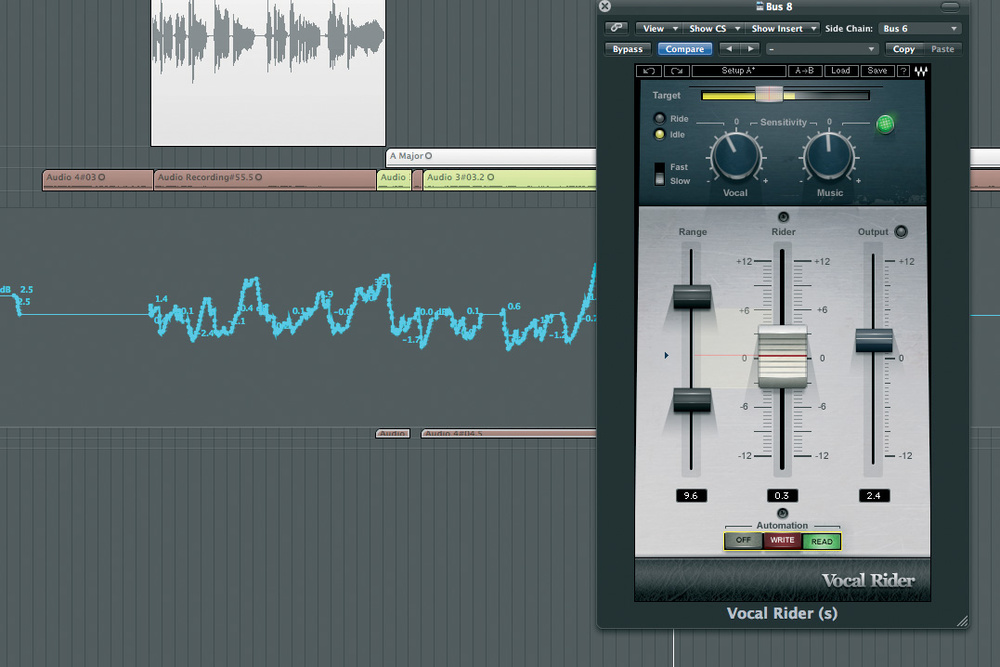
Isn't this essentially what you are doing when you manually ride a fader (although debatably less accurate because you could never react as fast or as accurately as a machine)? I thought this is why compressors were invented in the first place, as some kind of automatic fader rider? Basically yes.

"Lowering the dynamic range" is just a fancy way of saying "making the louder parts quieter" which gives you a signal that is, on the whole, more uniform in level. I think I'll stick it doing it manually on projects where time is not an issue, because I can control the levels more intelligently than a computer, but I would consider using it in situation where time is an issue. I still do use compression though, but more as a limiter to capture occasional peaks.not anything that is constantly working.unless of course I'm looking for the sound of the compressor. I can now, get the vocals to sit exactly how I want to in the mix with no compression at all. I can actually make the performer sound like they performed the track better. I can control the dynamics without making the dynamics sound dead.


So, in Samplitude, which interactively shows the wave form change based on the automation curve, I started going through the lead vocal tracks and manually evening out the vocals visually, while playing it back from time to time to make sure it sounds correct. At first I thought vocal rides were mainly a tool to add drama, I didn't realize they were a means to just even out volume envelopes. After demoing Wave Rider (not the one by Waves), I began to realize exactly how people were riding the vocal fader.


 0 kommentar(er)
0 kommentar(er)
